“All roads lead to Rome”. This old saying, well known to all, is perfectly applicable today with Santiago de Compostela. After the discovery of the tomb of the Apostle, the Camino has been traveled for hundreds of years by pilgrims from all over the world through its kilometers of length. Since then old paths of the European continent emerged with the same place as a destination, Santiago. It was after the construction of the cathedral when pilgrimages multiplied and the Camino de Santiago was consolidated.
If you have arrived here looking for information about the kilometers of each route, you have come to the right place. In this article, we will explore the most important routes of the Camino de Santiago, their distances and fascinating details. Get ready to discover the beauty, spirituality and history that await you at every step.
More routes than we can count
Here’s a fascinating tidbit about the Camino de Santiago: Did you know that there are currently more than 64 routes that converge at the cathedral of Santiago de Compostela? It is really impressive how this network of paths attracts thousands of pilgrims from all over the world every year. Whether for religious or spiritual reasons, or simply in search of a unique experience, the Camino de Santiago offers a variety of routes to satisfy every pilgrim’s desires. Here are the most important routes of the Camino de Santiago and their respective distances, so get ready to explore this incredible network of trails!
The French Way: The Most Popular Route
The French Way is the busiest and best known route of the Camino de Santiago. With an approximate extension of 780 kilometers, it starts in Saint-Jean-Pied-de-Port, France, and crosses beautiful landscapes until it reaches Santiago de Compostela. This route will immerse you in medieval history and allow you to discover the cultural richness of Spain. Along the way, you will find charming towns such as Pamplona, Logroño, Burgos and León, where you can experience the authentic hospitality and delicious gastronomy of the region. As a curiosity, all of them are very interesting points from which to depart if you do not have enough time to make the more than 30 days that this Camino lasts.
The Portuguese Way: An Encounter with Tradition
The Portuguese Way is another outstanding route, with an approximate length of 620 kilometers. Starting from the city of Lisbon, in Portugal, it passes through beautiful towns and landscapes until it reaches Santiago de Compostela. This route gives you the opportunity to immerse yourself in the rich Portuguese tradition and hospitality, as well as explore impressive historical monuments along the way.
Within the Portuguese Way, starting from the city of Porto, it is divided into two main variants: the Central Variant and the Coastal Variant. Each of these variants offers a unique experience and different views along the route.
The central variant. The most traveled variant in its last kilometers.
The Central Variant of the Portuguese Way is approximately 240 kilometers long. Following this route, pilgrims will pass through towns such as Barcelos, Ponte de Lima and Tui, before rejoining the main Portuguese Way in the town of Redondela, Tui being the main starting point for those who immerse themselves in the Portuguese Way.
The Camino along the coast. A quieter option
On the other hand, the Variante por la Costa, as its name suggests, follows the coastline and has an extension of about 280 kilometers. This route offers panoramic views of the Atlantic Ocean, as well as the opportunity to visit coastal towns such as Viana do Castelo, Caminha and Baiona, before rejoining the traditional Portuguese Way in Redondela.
The Northern Way: A Coastal Crossing Full of Beauty
The Camino del Norte is a spectacular route along the northern coast of Spain. Approximately 825 kilometers long, it starts in Irun and winds along cliffs, beaches and charming fishing villages all the way to Santiago de Compostela. Along the way, you will have the opportunity to enjoy breathtaking views of the Cantabrian Sea and immerse yourself in the rich culture of Spain’s coastal regions. Some notable stops on this route include San Sebastian, Bilbao, Santander, Gijon and Ribadeo.
Here the stages will be long, and the miles can be tough, but it makes up for it with views of Spain’s best cliffs, as well as some of its best beaches.
The Primitive Way: The Original Pilgrims’ Route
The Primitive Way is considered the original route followed by the first pilgrims. With an approximate length of 310 kilometers, this route starts in Oviedo and offers a unique experience through mountainous landscapes and authentic rural villages. Along the way, you can marvel at the pre-Romanesque architecture of Asturias and enjoy the tranquility of nature. Some outstanding stops along the Primitive Way are Grado, Salas, Tineo and Lugo.
Within the Camino de Santiago, the Primitive Way stands out as one of the most challenging and demanding. Known for being the original path followed by the first pilgrims, the Camino Primitivo presents a mountainous and demanding terrain that requires good physical condition and hiking experience. This route is especially suitable for pilgrims with experience and an attitude prepared to overcome the challenges presented along the way. That is why here the kilometers count double. At least if we refer to the kilometers as a personal challenge.
Due to its degree of difficulty, the Primitive Way is considered the least crowded of all the main routes of the Camino de Santiago. Only very experienced pilgrims willing to face the challenges of steep and demanding terrain venture on this route. However, those who dare to undertake the Camino Primitivo are rewarded with an authentic and enriching experience, surrounded by breathtaking scenery and a sense of accomplishment upon completing this historic route.
The English Way: Short but Intense, with a Maritime Origin in Ferrol
The English Way is a short but intense option for pilgrims, originating in the towns of A Coruña or Ferrol. This route dates back to the times when English ships disembarked on the Galician coast to begin their pilgrimage. With around 120 kilometers to go, this route will take you through charming Galician villages and picturesque landscapes on your way to Santiago de Compostela. Although it does not have extensive coastal stretches, the maritime connection at the beginning of the English Way adds a special charm to this spiritual experience.
The Silver Route: An Encounter with History
The Via de la Plata is a historic route that stretches approximately 1,000 kilometers from southern Spain to Santiago de Compostela. Starting in Seville and traveling along ancient Roman roads, this route will take you through charming cities, impressive monuments and beautiful landscapes. As you go, you can explore highlights such as Mérida, Cáceres, Salamanca and Zamora, where history comes alive in every corner.
Within the Camino de la Vía de la Plata, there are two notable variants: the Mozarabic Way and the Sanabrés Way. Both variants are interesting options for pilgrims who wish to explore different itineraries within the main route.
The Mozarabic Way, the longest route of the Camino.
The Mozarabic Way, also known as the Mozarabic Route of Santiago, originates in the city of Granada and joins the Camino de la Vía de la Plata in the town of Mérida. This route offers a unique experience by combining Andalusian history with the spirituality of the Camino de Santiago. With an approximate length of 1,216 kilometers, it is undoubtedly the longest route of the Camino. The Mozarabic Way is ideal for those pilgrims who wish to immerse themselves in the rich cultural and historical heritage of the southern region of Spain, and for those who have time on their hands.
An authentic medieval route, on the Sanabrés Road
The Camino Sanabrés, on the other hand, is considered a variant of the final stretch of the Vía de la Plata. This route begins in the province of Zamora, specifically in the town of Granja de Moreruela. Along approximately 368 kilometers, pilgrims will have the opportunity to enjoy beautiful landscapes and discover the historical and cultural richness of the regions of Zamora and Ourense.
The Epilogue to Finisterre and Muxía: The Way that Does Not End
Honorable mention deserves the Epilogue to Finisterre and Muxía, two destinations that have traditionally been considered an extension of the Camino de Santiago. After arriving in Santiago de Compostela, some pilgrims choose to continue their journey to these coastal towns, adding approximately 90 additional kilometers to their route. Finisterre, known as the “end of the world” in ancient times, and Muxía offer a perfect symbolic closure to an unforgettable experience.
The Camino de Santiago is a unique experience that combines history, spirituality and personal discovery. Through routes such as the French Way, the Portuguese Way, the Northern Way, the Primitive Way and the Via de la Plata, you can travel different distances and immerse yourself in the beauty and culture of Spain. Whether you choose to do the Camino in its entirety or in shorter sections, every kilometer will bring you closer to an enriching and transformative experience. Bon camino!

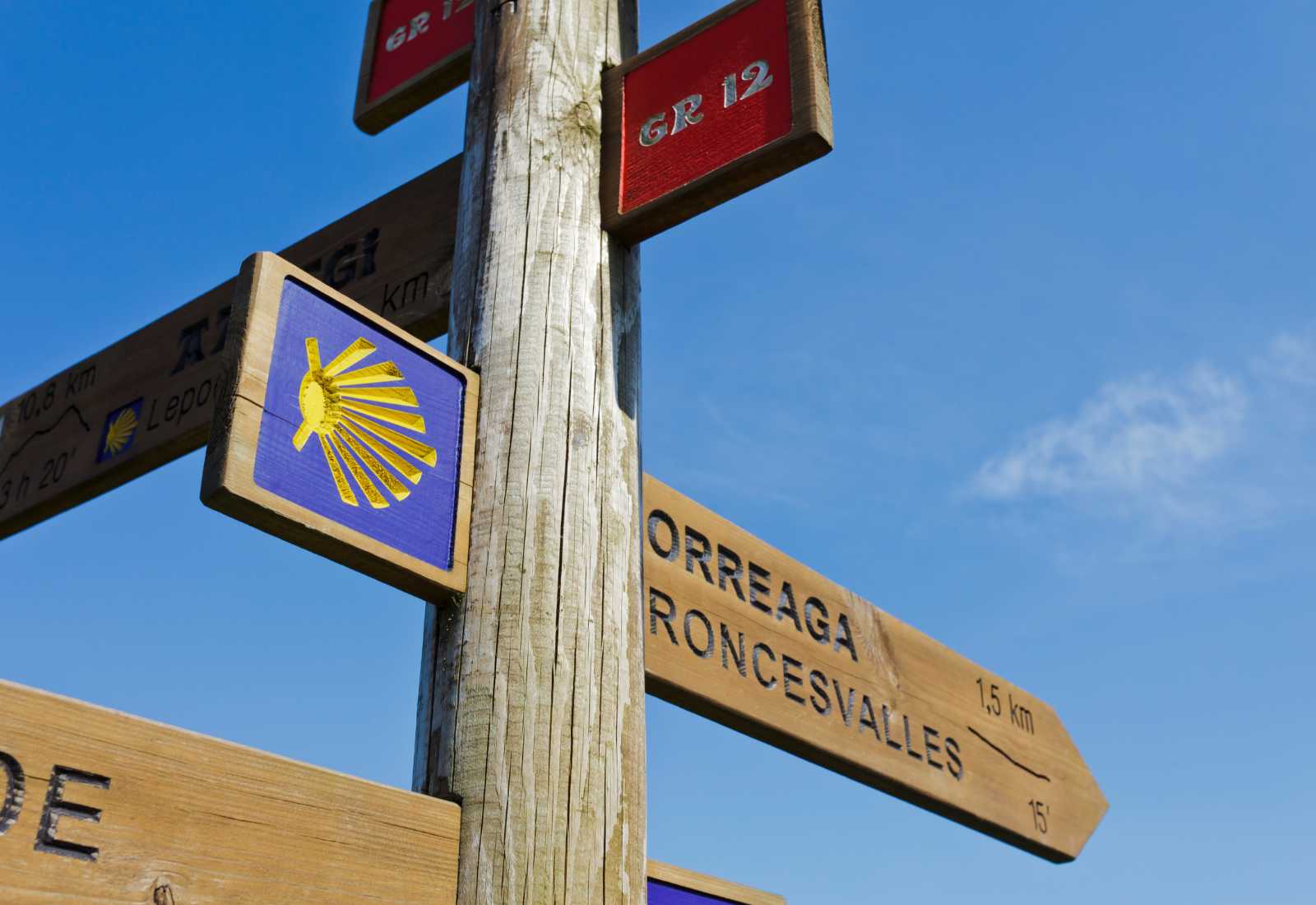
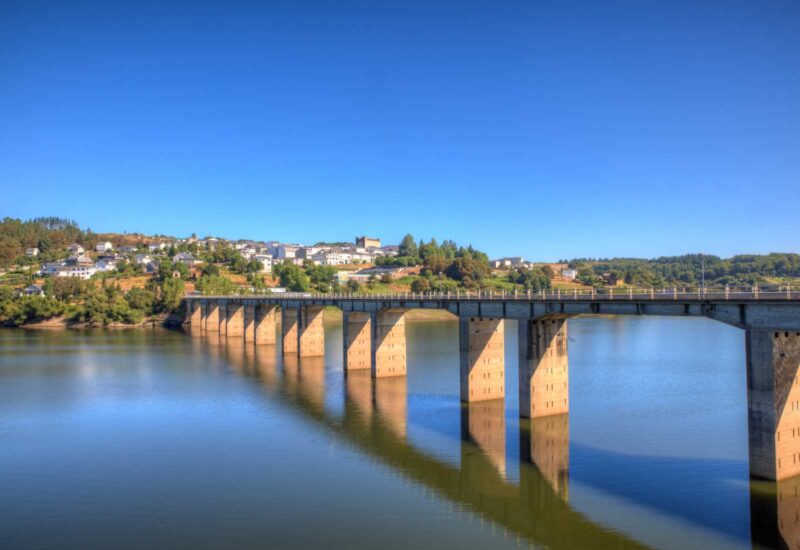
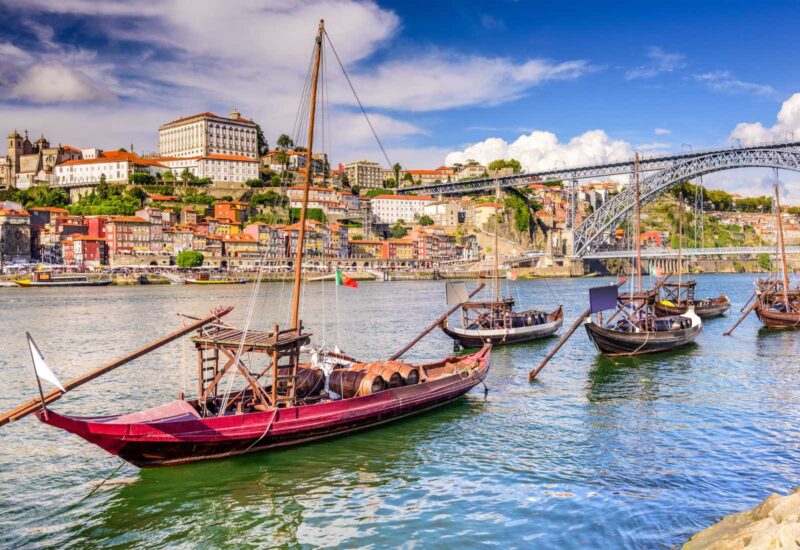
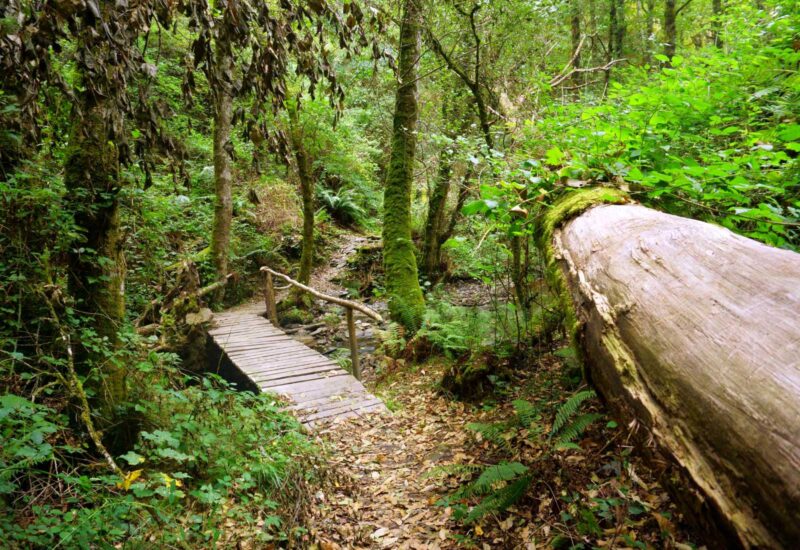
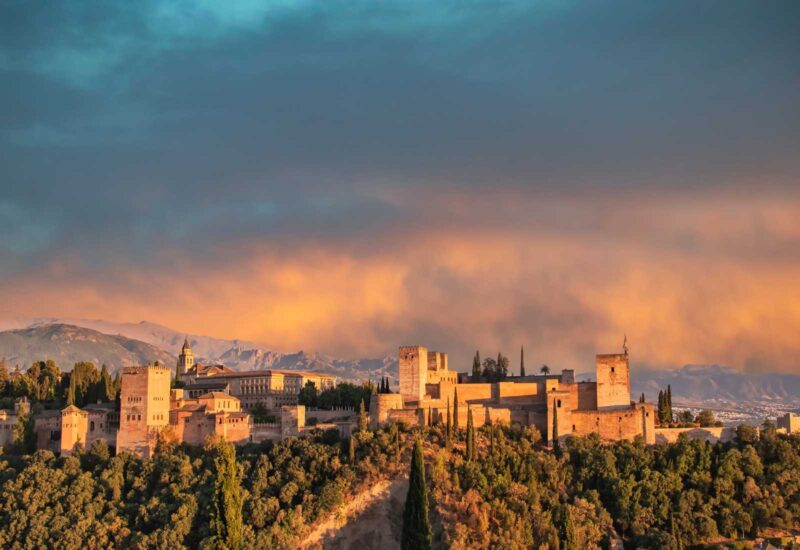
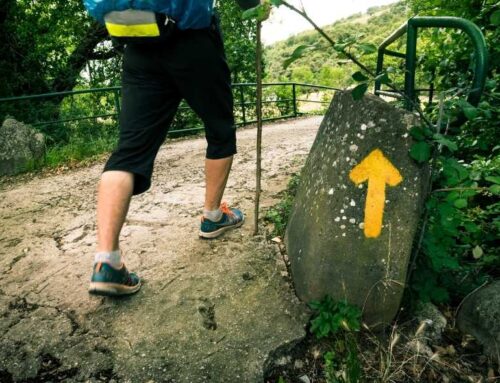
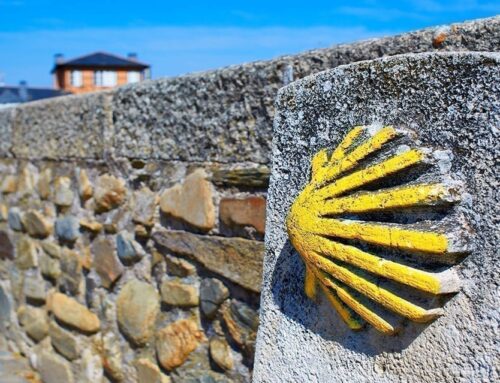
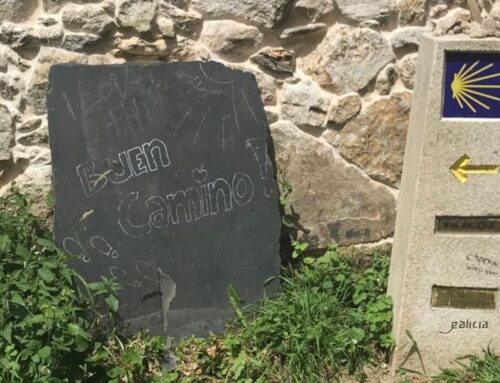

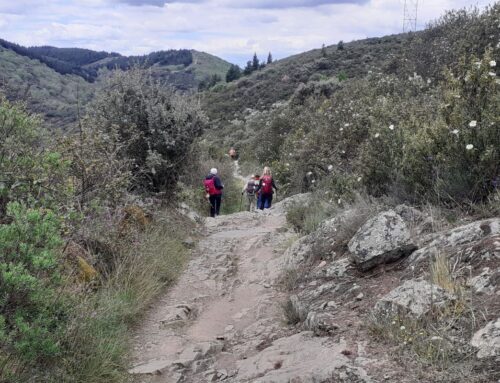
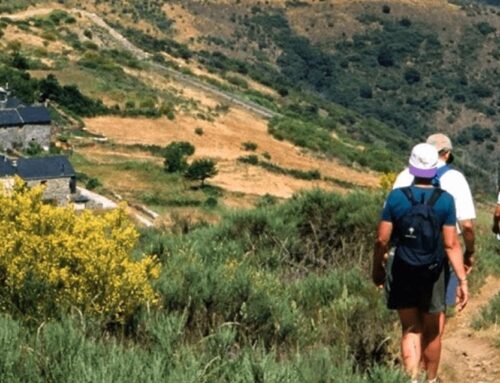

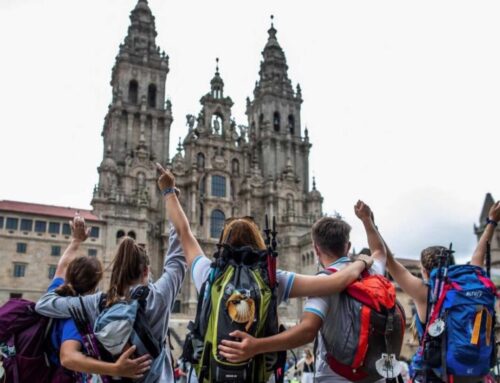



Leave A Comment